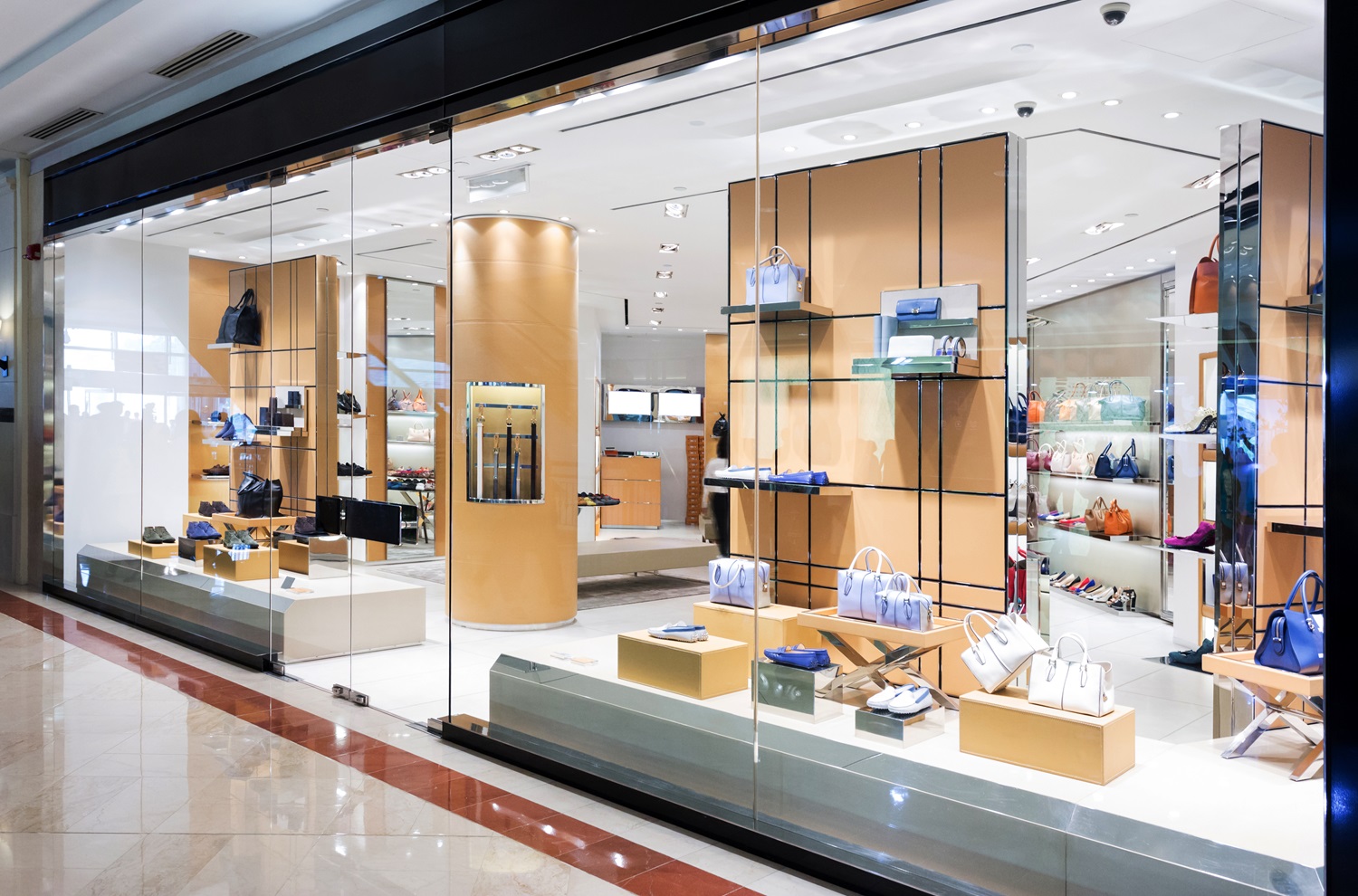
October 30, 2024
Integrating Digital Signage into Retail Design
Digital signage is transforming the retail landscape, offering dynamic and interactive solutions that enhance the customer experience and drive engagement. As stores increasingly adopt retail tech solutions, integrating digital signage into the overall design becomes crucial for creating an immersive and modern shopping environment. This guide explores the role of interactive displays in retail, the benefits of incorporating technology into store communication, and best practices for seamless digital signage integration.
Enhancing Customer Experience with Interactive Displays
The Role of Interactive Displays in Modern Retail
Interactive displays play a pivotal role in modern retail, offering customers a more engaging and personalized shopping experience. These displays can provide real-time information, product recommendations, and even virtual try-ons, making the shopping journey more interactive and enjoyable. By allowing customers to interact directly with the content, retailers can create a more memorable and impactful experience that encourages deeper engagement and brand loyalty.
Engaging Customers Through Dynamic Digital Content
Dynamic digital content is key to capturing and retaining customer attention in a busy retail environment. Unlike static displays, digital signage can be updated in real-time to showcase the latest promotions, new arrivals, or seasonal trends. This flexibility allows retailers to keep their content fresh and relevant, ensuring that customers always see the most up-to-date information. Moreover, dynamic content can be tailored to different customer segments, creating a personalized experience that resonates with individual shoppers.
Benefits of Incorporating Retail Tech Solutions
How Digital Signage Improves Store Communication
Digital signage enhances store communication by providing a clear, consistent, and visually appealing way to convey messages to customers. Whether it’s informing shoppers about ongoing sales, directing them to specific areas of the store, or highlighting featured products, digital signage can efficiently communicate important information. This technology also allows for quick updates, enabling retailers to respond to changing conditions or promotions instantly, which is especially useful in a fast-paced retail environment.
Boosting Sales and Engagement with Retail Technology
Retail technology, including digital signage, can significantly boost sales and customer engagement. By strategically placing digital displays throughout the store, retailers can guide customers through the shopping journey, upsell complementary products, and create a sense of urgency with time-sensitive offers. Interactive features such as touchscreens or QR codes can also lead to increased customer interaction, driving higher conversion rates and enhancing the overall shopping experience.
Best Practices for Effective Retail Signage Integration
Designing Seamless Store Layouts with Digital Signage
For digital signage to be most effective, it should be seamlessly integrated into the store’s layout. This means considering the flow of customer traffic and placing signs in areas where they will be most visible and relevant. Digital displays should complement the store’s aesthetic rather than disrupt it, blending in with the overall design while still standing out enough to catch the customer’s eye. A well-thought-out layout will ensure that digital signage enhances the shopping experience rather than detracting from it.
Optimizing Placement for Maximum Visibility and Impact
The placement of digital signage is crucial for maximizing its impact. High-traffic areas such as entrances, checkout lines, and key product sections are ideal spots for digital displays. In these locations, signage can capture attention at critical moments in the customer journey, such as when they first enter the store or are waiting to check out. Additionally, screens should be positioned at eye level and angled appropriately to ensure maximum visibility. By optimizing placement, retailers can ensure that their digital signage effectively communicates with and engages customers.
In conclusion, integrating digital signage into retail design offers numerous benefits, from enhancing customer experience with interactive displays to improving store communication and boosting sales. By following best practices for seamless integration and strategic placement, retailers can leverage digital signage to create a more dynamic, engaging, and efficient shopping environment that meets the needs of modern consumers.

